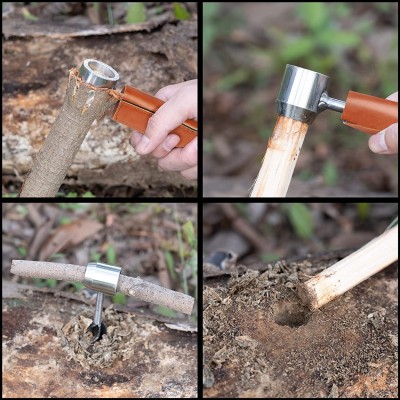
Practicing bushcraft is more important than owning specific tools. There are a variety of skills involved in bushcraft, including foraging for flora and fauna, which can be used for food and medicine. Other skills include the use of natural cordage, firestarters, and materials for shelter. Listed below are some essential bushcraft skills:
Skills required to practice bushcraft
In the wild, the skills required to practice bushcraft are indispensable for survival. For example, firecrafting is essential for a camper to cook and boil water. Other bushcraft skills include tracking, which can help you locate yourself in case of an emergency. Lastly, hunting is an essential skill for survivalists, as it will help them gather food and protein. The following are some of the most important bushcraft skills.
Making fire and shelter is among the most essential bushcraft skills. While you won't be able to make a fire without matches, you can make your own using resources around you, such as ferro rods and tinder. A headlamp is essential if you need light to cook or prepare shelter. Having all these tools at your disposal will help you stay dry and warm. Learning to make a campfire will help you avoid a variety of dangers, including animals, in the wilderness.
Locations to practice bushcraft
If you're a beginner to bushcraft, the most safe and accessible location to start your bushcraft adventures is in your neighborhood. You can learn about identifying flora and fauna, spotting animal tracks, foraging for wild foods, and navigation. Open access land is also a great way to practice your skills. Scotland is a great place for bushcrafting, as you can practice your skills while enjoying the great outdoors. You can even create your own wilderness area to practice your skills.
If you're planning an extended camping trip, you can look for public land nearby, but you'll want to check the rules and regulations of each location before making a final decision. State forests, for example, are open to bushcrafting, but they do have strict regulations. Generally, you can't camp within 100 feet of water or a hiking trail. Private landowners, however, might be willing to allow you to practice your bushcraft skills.
Tools needed to practice bushcraft
For the bushcrafter, a well-built knife is essential. Those who practice bushcraft often use a hatchet or bushcraft knife, which are useful for carving wood. These are a good alternative to individual tools but don't compromise on efficiency. Among the most important materials in the wilderness is wood, which can be used for cooking, shelter, and as the base of tools. You can even find a portable whetstone for a small fee.
Among the essential tools, a compass and ranger beads are necessary for the bushcrafter. These tools improve your orienteering abilities and will help you find your way in the wild. A shovel is another essential tool, as life in nature can get uncomfortable without one. Finally, don't forget a pocket knife, as bushcraft requires using your hands as a weapon. When choosing the right bushcraft knife, make sure it is comfortable and ergonomic. The blade should be flat, and the handle should be about the width of your hand.
Basic bushcraft skills
As our society grows increasingly dependent on technology, learning basic bushcraft skills can help you make the most of your outdoor experiences. While bushcraft may be the most basic form of survival, it is an excellent base for further skill development. Basic bushcraft skills can help you survive in the wild, including cooking and setting snares. These are just a few of the many benefits of learning bushcraft. Learn these skills and you will be well on your way to enjoying wilderness adventures.
Firecraft is the most essential bushcraft skill. Mankind's earliest invention, making fire is one of the most basic survival skills. Bushcrafters pay close attention to basic necessities, like shelter and fire. They also know that there are many plants that can provide food, medicine, and other benefits. Moreover, they learn to recognize and use these plants. If you learn how to make fire, you can make your own campfire.
------------------------------------------------------------------
Frequently Asked Questions
What are basic bushcraft skill?
There are many ways to light a fire, but there are also many ways to cook food. You can only learn a skill by practicing. So we've compiled a list of our favorite survival skills for beginners.
It doesn't really matter if you prefer raw meat, vegetables or nuts to survive. You might find yourself missing the variety of foods that you once enjoyed. The important thing is to keep moving forward.
Learning is the key to your success in life. If you don't know where to go after school, look for an apprenticeship program. Ask your local bookstore or library for assistance if you don't find one.
You may even consider starting your own business. Do you enjoy outdoor activities? Why not consider being a guide? Or maybe you could help other people enjoy the same activities. No matter what you do, never stop learning.
These are the essential survival skills every person should learn.
-
Use and make a bow drill
-
How to build a shelter using natural materials
-
Learn how to start fires with friction
-
The basics of animal husbandry
-
Learn how to identify edible plant species
-
Learn how water can be purified
-
Learn to identify poisonous plants
-
Know how to make traps
-
Know how to make rope
-
Have basic first-aid knowledge
If you are lost in the wild, what is the best natural shelter?
A tree because it protects from wind, rain, snow, sun, and predators and also gives shade. A rock cave would do well, but trees are easier to find.
Look for a sturdy tree with straight limbs. The best trees don't bend at the top. Choose a tree with a thick trunk, large limbs, and strong roots. The tree will allow you to easily climb up and rest comfortably.
If you see a fallen tree, you can use it as a shelter. However, you should take into account the environment before building a shelter. Is there any nearby water source? Are there any animals? What kind terrain is it?
Before you begin to build your shelter, make sure to identify the tree with which it will be built. Some trees work better with certain shelters than others. For example, a pine can be used for a leaning to-style shelter.
Pay attention to which direction your tree is leaning. The shelter will be damaged if the wind blows in the wrong direction. To ensure that the shelter is not damaged by the wind, it would be a good idea to lean the tree in the opposite direction. This will protect you against the wind.
What is the simplest type of shelter you can build in the wild
A tent is an excellent survival tool as it protects you from wind, rain snow, heat, cold, insects, and even freezing temperatures. But, you won't have privacy unless it is your choice to sleep inside.
Another option for shelter construction is the lean to. It offers more space than a tent but requires more time to set up and take down. Lean-tos may be easy to build, but they are more susceptible to being blown away by strong winds or heavy rainfalls.
A bivouac can be constructed from two poles that are connected by a crossbar. This design is similar to a lean-to but easier to erect. Bivouacs usually are made from wood, though there are metal versions.
A straight-growing tree is the best choice for creating a bivouac. Cut the lower branches back, leaving about 1 foot of branch above the ground. Then place the trunk horizontally across two trees growing parallel to each other. The upper branches can be tied together with twine or rope. This allows you build a shelter using only your hands.
You may also consider the following shelter types:
A poncho covers your entire body with lightweight, sheet material. Ponchos are useful for sheltering from rain or storms.
An igloo, a dome-shaped structure constructed from ice blocks, is an insulated building. This shelter is not practical for most people but it is ideal for Arctic expeditions.
A yurt, a circular hut made from animal skins and wooden frames, is called a 'yurt. Yurts are a type of shelter that was originally built from animal skins. They are very popular among backpackers, campers, hikers, and campers today.
A tepee can be described as a portable shelter that consists of multiple poles covered with cloth. Native Americans have used tepees since ancient times. Arizona's Hohokam tribe probably constructed the first tepees.
A wigwam can be described as a round, log- or bark-built hut. Wigwams are available in many sizes and shapes. Some wagons come with small, specialized huts and are made specifically for camping trips.
Although wigwams are usually large structures, there are also smaller versions. It is possible to build one if your basic carpentry skills allow you to.
You should consider the materials that you will use when you are choosing between different shelter options. You might not be able to use a leaning-to if you're hiking in dense brush. In addition, if you spend extended periods in the wilderness, you'll want something sturdier than a bivouac. For example, a tepee would be a good choice because it's lightweight and durable.
What length should bushcraft knives last?
When should our Bushcraft Knives last for years? It's hard to believe that we can find a reasonable answer. While knives are built to last a lifetime it's okay to have them repaired if necessary.
The knife is made to handle any situation, but if it breaks, we'll fix it. Why do we bother asking "How long should my blade be?" In truth, there is no perfect length or width.
Let's say that you find the perfect size. What if you broke it off? Would you throw it out? Or would you make it work again? It'd be like throwing money away. Why bother making something that will not last?
However, if you keep fixing it, you will end up spending more than you need. A broken knife's worth more than a useless.
So what's the point? Well, there's no right length or width. The user is the only one who determines the length or width.
While you might make a knife too narrow or long, it is impossible to do anything without cutting your own hands. So it's best to ensure you have a blade that fits your hands perfectly.
Bushcraft knives are meant to be used so they shouldn't be too large or small. It should fit comfortably in your pocket or belt loop.
You don't need to spend a lot of money to get a great knife. There are many affordable knives out there that are well made. Even if you spend $100 on a knife, it's likely that you will break it eventually.
Don't ask us how long you knife should be. Make sure your knife is sharp.
How do you set up a bushcraft camp?
First of all, you need to decide where you want to go. Many people prefer remote areas to feel closer in nature. However, for me, my connection is stronger than ever since I first discovered camping. Nothing beats getting up in the early morning and exploring the woods for food.
A base camp is something that I have found to be very beneficial. This gives us time to reflect and focus on our goals without distractions.
You'll find that once you've decided where you want to go, you'll start thinking about how to prepare for your trip. Consider bringing equipment and tools to make your stay more comfortable.
Next, determine what type of shelter do you want. You could opt for an open-sided structure, such as a lean-to or a tent, or something more permanent, such as a yurt or cabin.
The weather conditions that you will encounter will determine the type of shelter that you choose. A roof is a must if you intend to spend most of the time indoors. A tarpaulin is a material that protects you from the rain.
Once you have chosen your shelter, it is time to start gathering supplies. Depending on what you're planning to eat, you'll need firewood, water containers, cooking utensils, lanterns, matches, candles, and other items.
Once you have gathered your essentials, it's time to put them in your car. Make sure your gear is organized and easy-to-find. It's important to clearly label every item.
Once you have arrived at your destination, unpack all your items and put them away. Make sure you store any extra items safely. It's best to have all your items ready for when you go.
What should be in a survival shelter?
A survival shelter requires understanding how to protect yourself against the elements. This includes water and food, shelter, food, tools, clothing, shelter, and other necessities.
Additionally, survival shelters require knowledge about how to construct them. This includes tools, materials and skills.
You must also understand how you would survive in your survival shelter for long periods. When would you build the shelter, for example? Where would your sleeping place be? Who would you include in your group? You would like to remain there permanently.
You may find that a survival shelter differs depending on where you live. You might need more insulation if you are in a warmer climate than someone who lives in a tropical environment.
The number and size of the survival shelters will depend on how many people are using them. You will need more space if you are sharing it with someone else than if you camp alone.
A survival shelter can come in many forms, including a small tent, a cabin, or a large boat.
This article describes both permanent and portable shelters.
Portable shelters can be temporary structures that provide refuge for short-term purposes. These shelters are often made of lightweight material, and can be transported using a vehicle (or a dog) easily.
Permanent shelters are made to last several decades. They are made of heavy materials, which can be costly and take a lot of labor.
Think about what your needs are when choosing between these shelter styles. The portable shelter can be used for emergency shelter, while the permanent shelter can be used for shelter and support for multiple families.
Whether you decide on a portable or permanent shelter, remember that it's only as good as the skills used to build it.
If you don't have the skill set needed to construct a shelter, you'll rely on others to build it for you. You will lose your shelter if you lose these skills.
Without the ability to repair shelters after storms, you can die inside. That's why teaching your children and grandchildren how to build and repair shelters before disaster strikes is important.
It's more than just survival. This is about teaching them to thrive.
What is bushcraft?
Bushcraft is an outdoor adventure where you learn how survive in the wild. For those who want to escape from the everyday, there are many options: camping, hiking, canoeing and backpacking.
There are also more extreme forms of bushcraft, such as survival games and wilderness skills. These activities involve learning how to live off the land without modern technology.
Many people consider these activities dangerous because there is no control over what could happen, but they say that nature is unpredictable, and that's why we need to prepare ourselves.
You can do them solo or with a group of friends. Some people prefer to do them with groups of friends, while others enjoy doing them solo.
Statistics
- Ferro Rods are made from ferrocerium – it's 70 percent cerium and 30 percent iron. (pewpewtactical.com)
- Prices are accurate at the time of writing 25% off all OAKLEY products -OAKLEY25Copied!Visit (pewpewtactical.com)
External Links
How To
How can you build a Bushcraft shelter.
First, let's define bushcraft shelter. A bushcraft Shelter is an outdoor structure that protects you from the elements.
Bushcraft shelters may also be called lean-tos and bivouacs. In most cases, a bushcraft shelter is built out of natural materials found within the environment. These materials include leaves, branches, bark, grasses or moss.
Bushcraft is the outdoorman's lifestyle and skills that are necessary to survive in the wilderness. This includes hunting and trapping, fire-building, cooking, and living off of the land.
Because of the abundance of trees throughout North America, Bushcraft shelters tend to be made from wood. These shelters can be made out of stone, metal or glass as well as plastic, canvas and cardboard boxes.
Bushcraft shelters have one purpose: to shelter you from the weather. It is a shelter that protects from the sun and lets users stay warm in extreme weather conditions.
A basic shelter can be made with just two tree trunks, a few sticks and some sticks. To form a triangle, place the two tree trunks side by side. To hold the triangle together, place the sticks along its sides. Finally, cover it with leaves, grasses and other materials.
To keep yourself safe inside a bushcraft shelter, you'll need to prepare it properly. Ensure the entrance is well sealed with mud or dirt and the roof is waterproof. Also, ensure that walls are strong enough support the roof.
Once you have prepared your shelter you'll need to light it. You may need to improvise if you don't have any matches or lighter fluid. Dryer lint, cotton balls that have been soaked in gasoline or toilet paper are all good options.
Once you have a working flashlight, you can begin exploring the woods. If you camp alone, you might choose to sleep outside your shelter and under the stars. However, if you're camping with friends or family, you'll probably want to spend the night inside your shelter.
Resources We Recommend
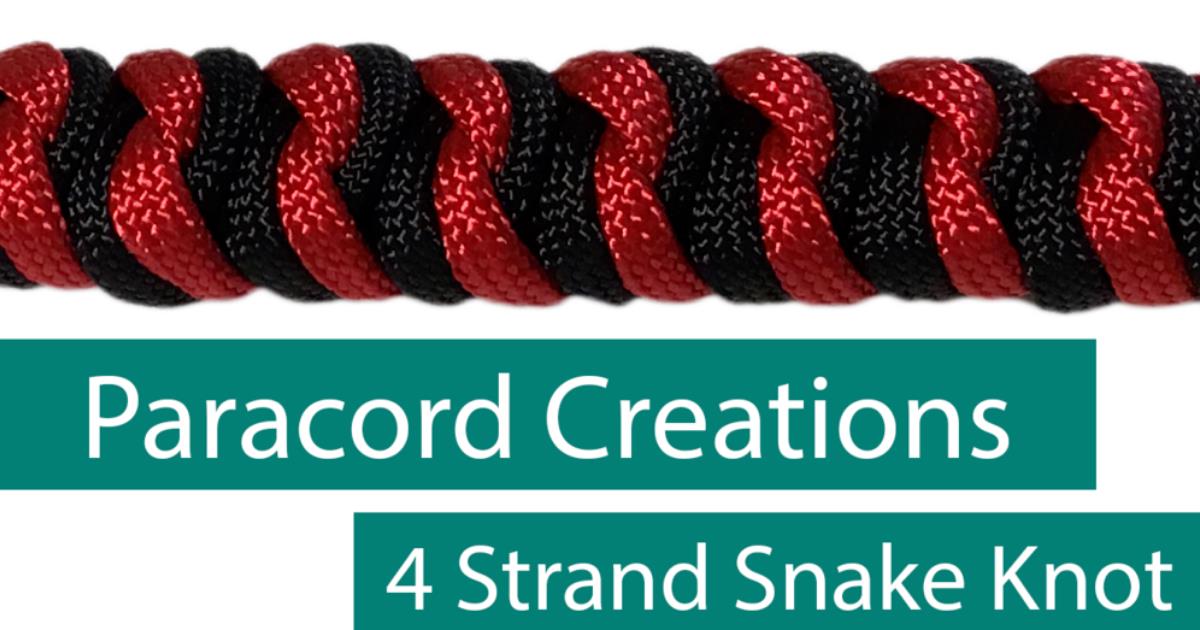
|
If you're looking for reliable and decorative paracord knots, then read on.
|
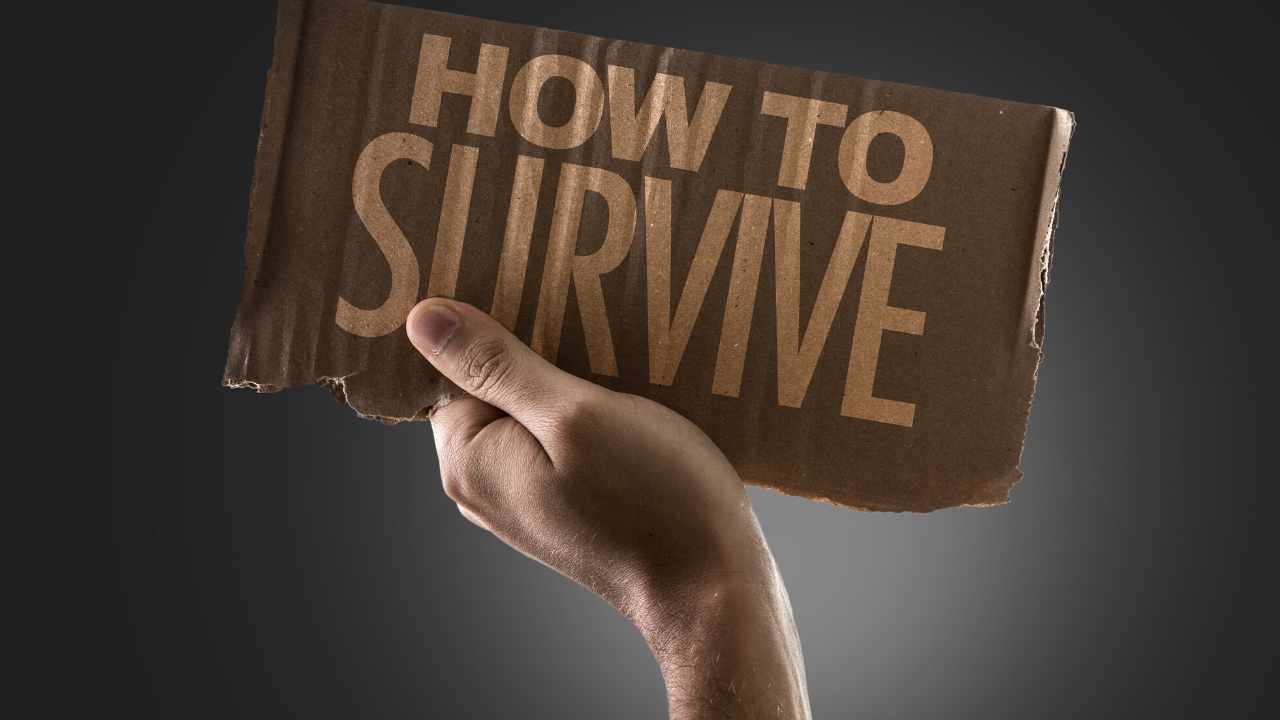
|
Have you ever found yourself in the middle of nature, surrounded by wilderness
|
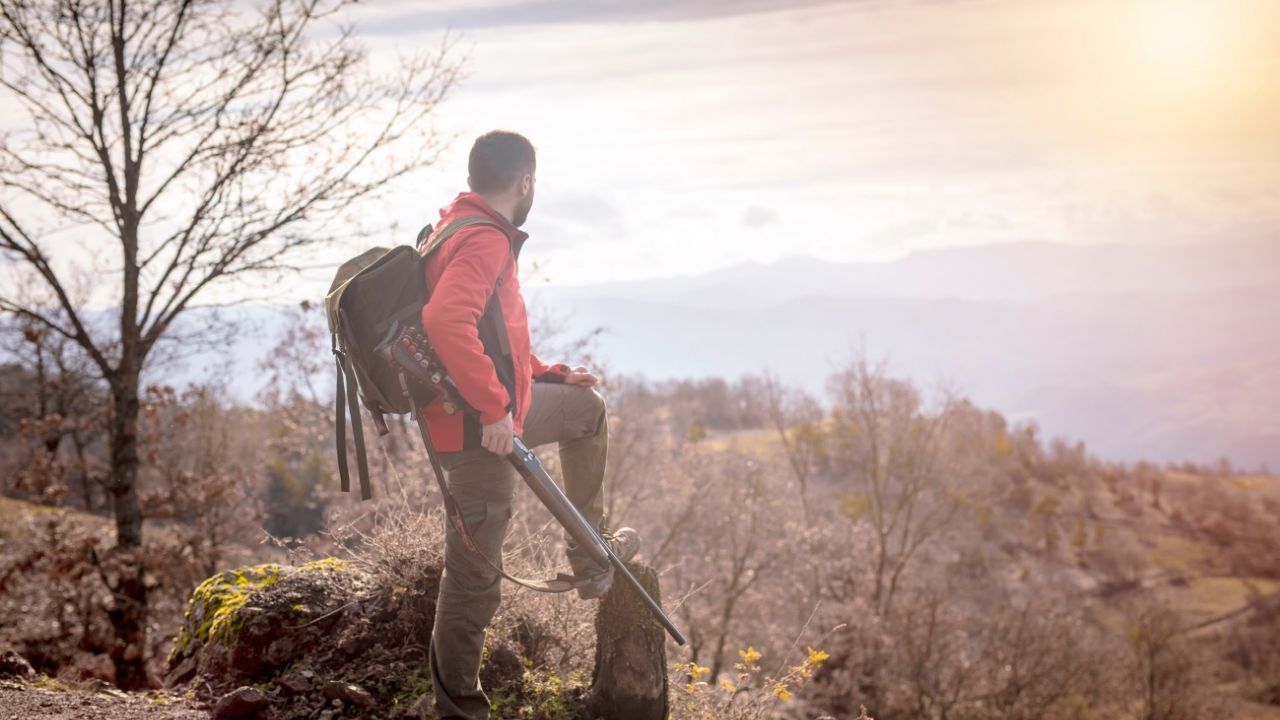
|
Hey there, fellow hunter! If you're out in the wild and trying to survive, you
|
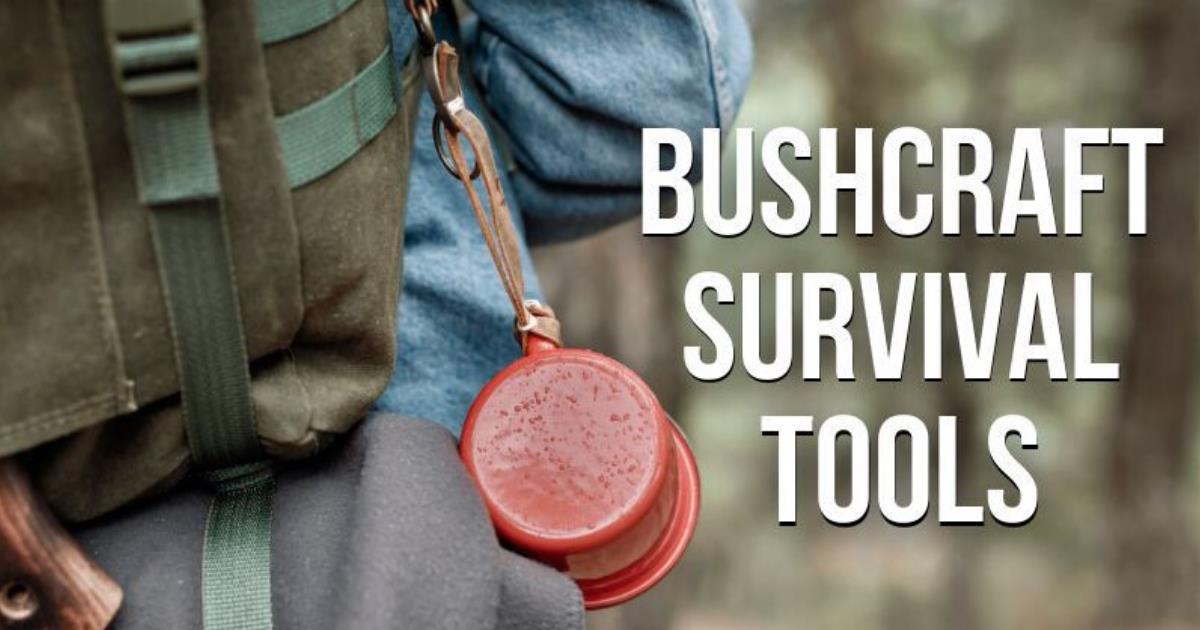
|
Bushcraft is an essential skill that every outdoorsman should have. It involves
|
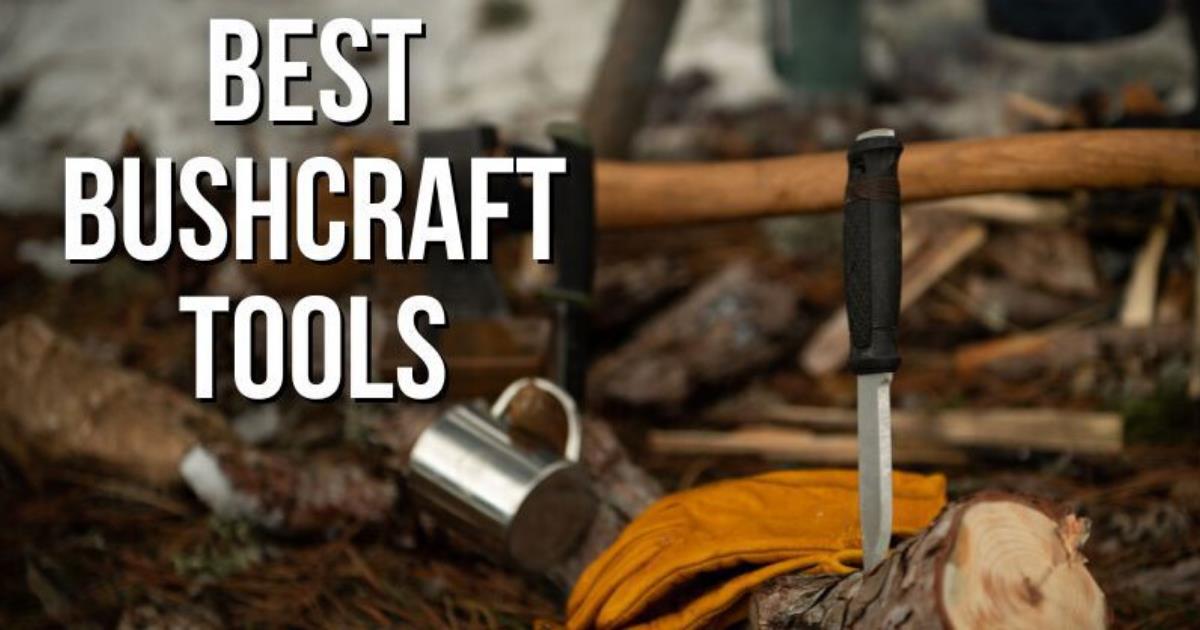
|
Bushcraft is an essential skill that every outdoorsman should have. It involves
|

|
Whether you own property or just rent, understanding your rights to a quiet
|

|
California is a state that is known for beautiful beaches and terrain, plenty
|

|
Catfishing: a security term most commonly used online when a bad actor
|
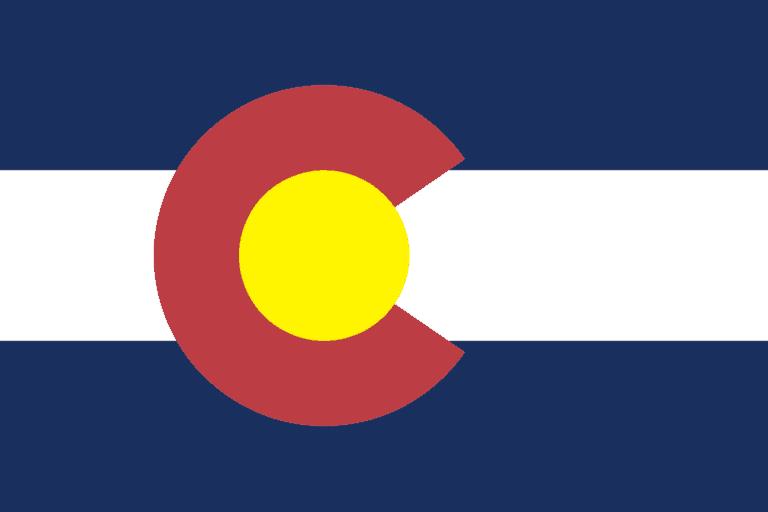
|
As a homesteader or prepper, you want to be prepared for anything and
|
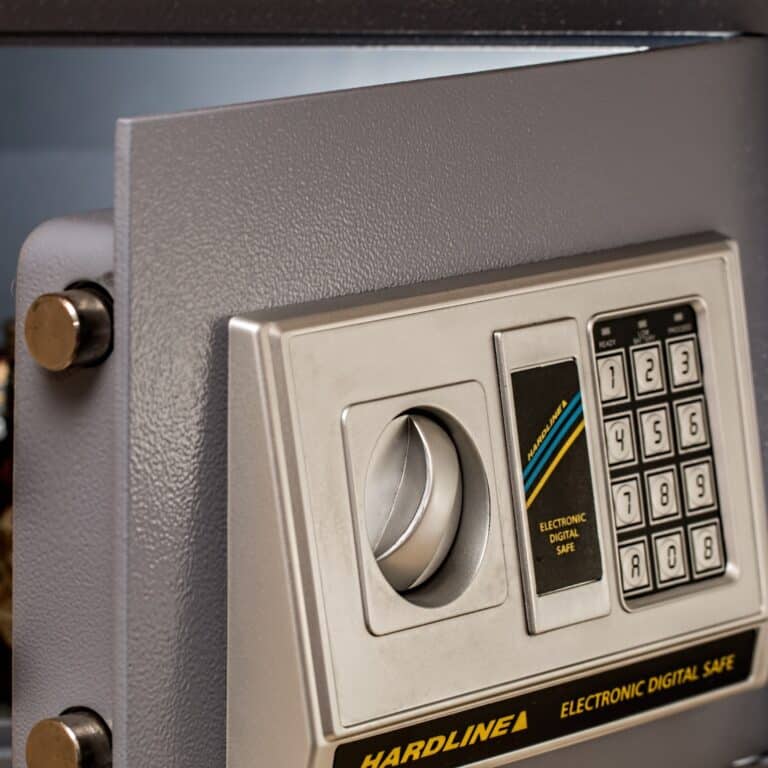
|
Pretty much everyone understands the fact that our valuables need protection.
|
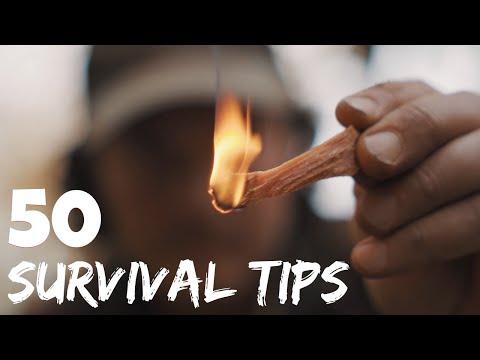
|
This wilderness survival video will give you plenty of tips for how to survive
|

|
For more than a decade, Aaron Fletcher has lived as a nomadic shepherd, mostly
|
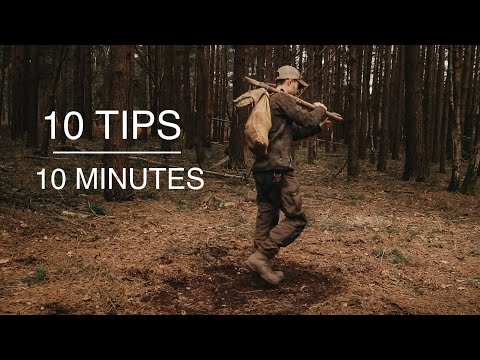
|
Here are 10 wilderness survival, bushcraft and camping tips in 10 minutes!
|
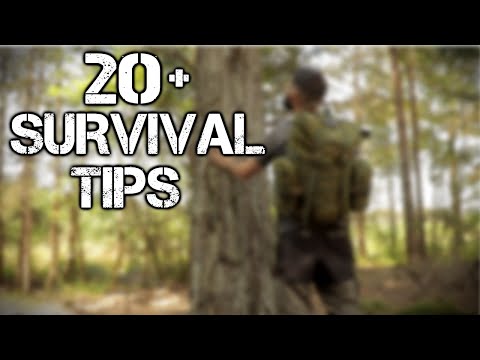
|
20 Wilderness Survival Tips & Bushcraft Skills. First 1,000 who click this
|

|
Here are over 40 wilderness survival tips and bushcraft skills that you can
|
2 of the Best Bushcraft Tools That Every Outdoorsman Needs

Bushcraft is actually a vital ability for any outdoorsman. It involves using natural resources to create resources and shelters, and also to locate food as well as water.
Possessing the right bushcraft resources may make all the difference when you are actually out in the wild. Coming from knives and also axes to saws as well as fire beginners, these are actually the essential bushcraft devices that every outdoorsman must invite their collection.
- Fire Starter Kit/Lighter/Matches
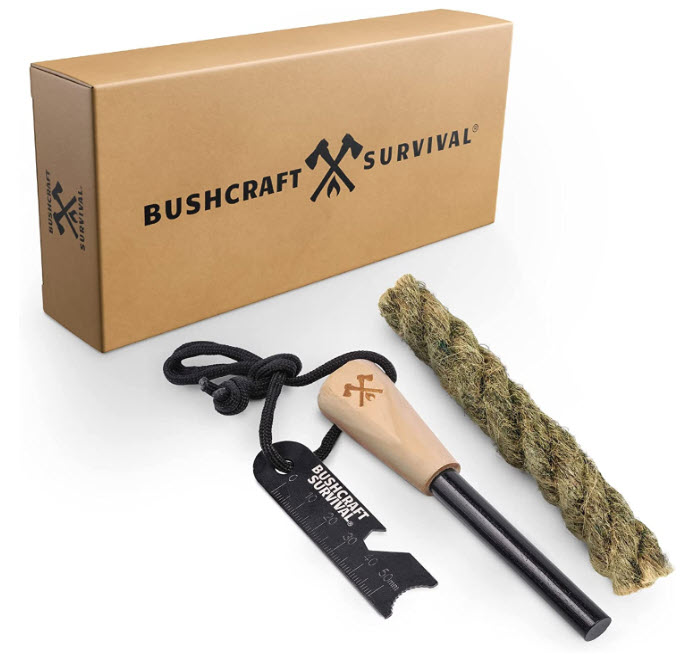
Firestarting is an invaluable skill for any outdoorsman - it keeps you warm, cooks your food, keeps predators away, boils water...the list goes on! Be sure to pack multiple solutions like matches, lighters, magnesium rods, or strikers; this way, you'll always have backup plans if one should fail while out in nature's wild clutches!
A fire starter kit is an essential tool for any bushcraft enthusiast. Investing in a good quality fire starter kit and learning how to use it properly will help you stay warm and cook food when away from civilization.
Best Fire Starter Kits on Amazon
- Flashlight/Headlamp

There aren’t always streetlights in the woods, so investing in an LED flashlight or headlamp will come in handy if you get lost at night or need an extra light source besides your campfire.
Headlamps are especially useful for bushcraft activities because the hands-free design allows you to use both hands when needed. They also come in either a single LED or multiple LED light source, so you can adjust it depending on what kind of activity you're performing. Typically headlamps will have adjustable straps so they fit comfortably on your head and also might have different modes to switch between, which can be helpful if go from a bright area to a dark area with ease.
Best Flashlights & Headlamps on Amazon
Bushcraft isn't about relying solely on modern conveniences but rather learning how to utilize what nature has given us and utilizing whatever resources we have at our disposal. With these five essentials mentioned above, everyone from first-time campers to seasoned pros will be ready to tackle whatever nature throws their way during their next round of exploration into untouched woods!
These are just some essential items every bushcrafter should own! Investing in them will ensure success during your excursion into nature!
 What is BushcraftSurvival SkillsToolsVideosBushcraft CampsBushcraft KitsBushcraft ProjectsPrivacy PolicyTerms And Conditions
What is BushcraftSurvival SkillsToolsVideosBushcraft CampsBushcraft KitsBushcraft ProjectsPrivacy PolicyTerms And Conditions
